





 |
 |
 |
 |
 |
 |
| Greg Lavaty | profile | all galleries >> My Blog >> Machu Picchu Birding 11-01-2012 | tree view | thumbnails | slideshow |

The Machu Picchu leg of our trip began with us catching a train from Cusco to the town of Aguas Calientes. The route took us along the Urubamba River, where we got glimpses of some of our first Peruvian birds. While enjoying some tasty quinoa, we saw Torrent Ducks, White-capped Dippers and Black Phoebes along with some spectacular scenery.
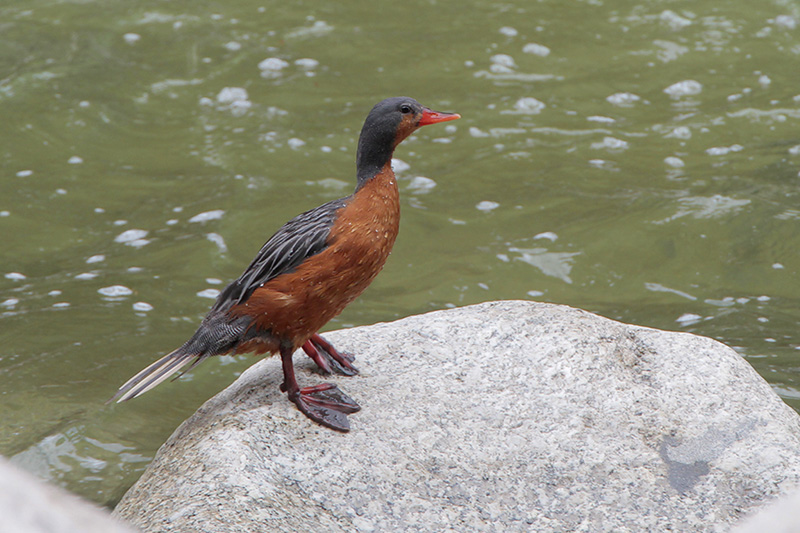
Once at Aguas Calientes, we quickly checked into our hotel and headed out on foot in search of birds. It wasn’t long before we were photographing more Torrent Ducks as well as Mountain and Inca Wrens, White-capped Dipper, Collared Inca, Highland Motmot, Dusky-green Oropendola, Saffron-crowned and Blue-necked Tanagers, Slate-throated Redstart, Streaked Xenops and many others. We were, in fact, so busy photographing birds that we forgot to use insect repellant and ended up spending the night scratching sand-fly bites.
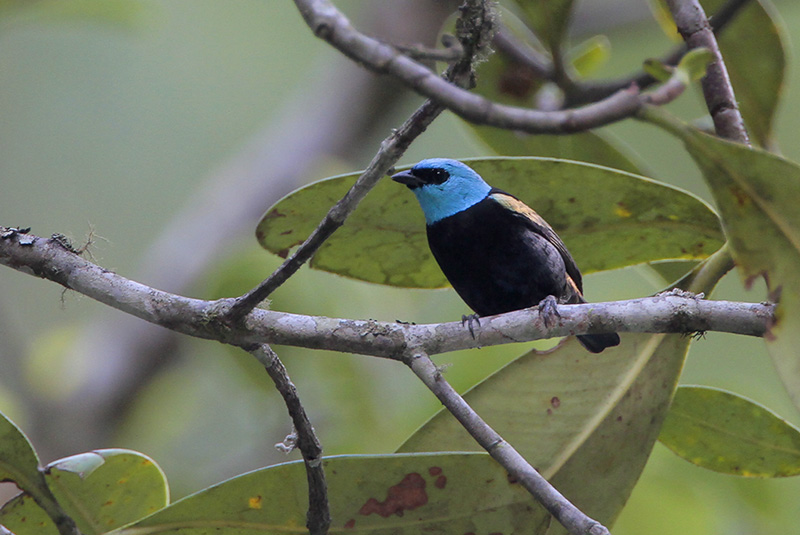
Early the next morning, we went up to Machu Picchu and spent about four hours exploring. Bird activity at the ruins was rather slow, but we had more than enough to keep our cameras clicking. What a magnificent view!
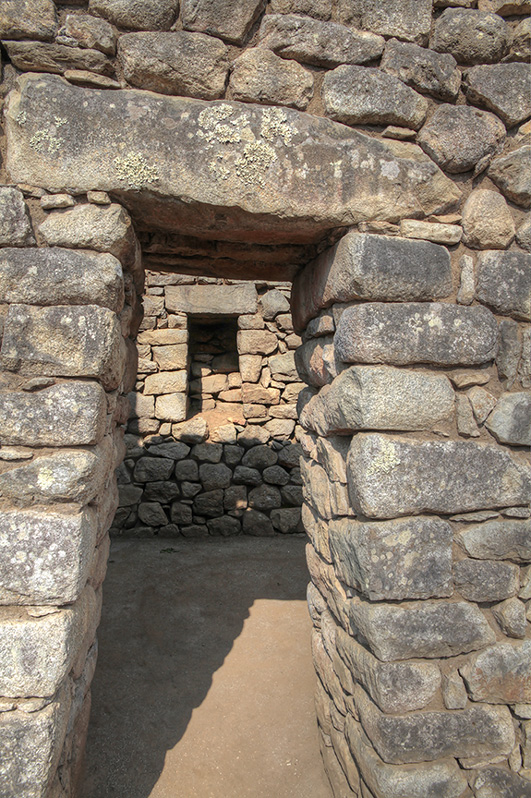
After lunch, we spent the rest of our time in the area birding around Aguas Calientes. This time, we were sure to use our bug spray! We enjoyed photographing birds like Russet-crowned Warbler, Spectacled Redstart, Tropical Parula, Blue-and-black, Blue-gray, Blue-capped, Silver-backed Tanager, Oleaginous Hemispangus and other tropical birds.
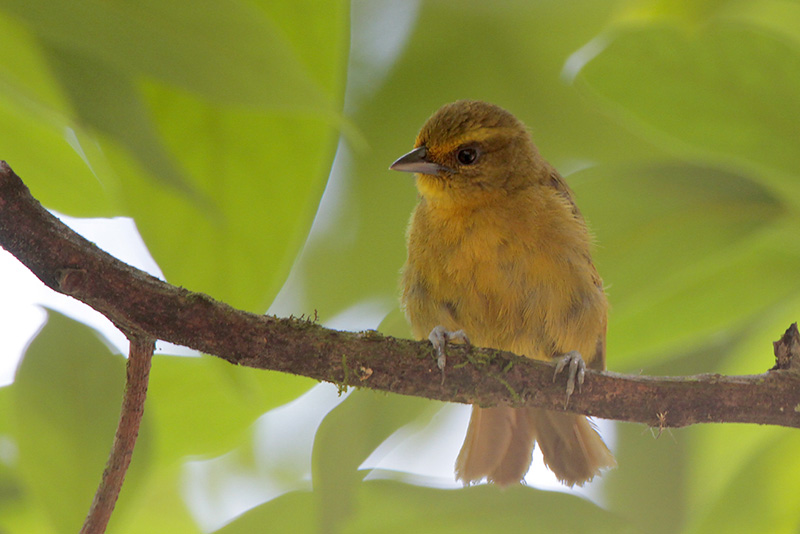
From there, we took the train to Ollantaytambo to spend the night. On the next day, we explored the nature preserve in Abra Malaga. Before dawn, we made our way up a winding road through the mountains and past some impressive ruins before reaching paramo habitat. Paramo is the humid grassland that occurs along the crests of mountains above the tree-line.
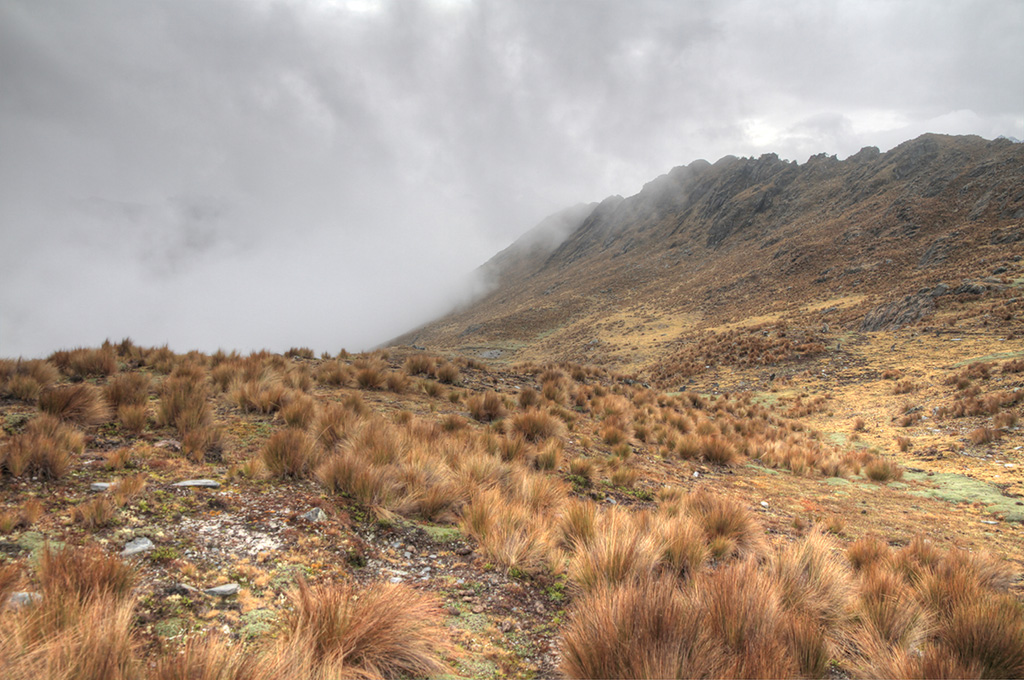
Almost immediately, we were blessed with a pair of endangered Black-faced Ibis, who gave us a good opportunity to grab a few photos. Other interesting birds we encountered included Speckled Teal, Royal and White-winged Cinclodes and Andean Gulls. To me it is a bit of a surreal experience to see “seagulls” up at the top of a mountain, so high that trees can’t even grow. We hiked a short distance up to a mountain ridge where we spent some time taking in another amazing view of the clouds blowing through the valleys below us.
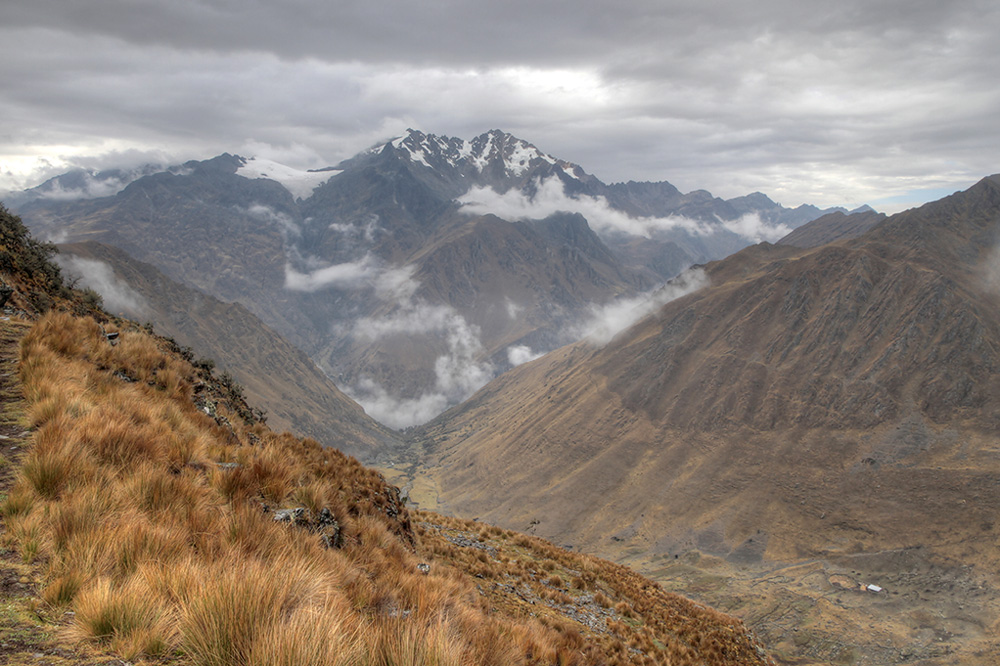
After clicking off a ton of photos of the scenery at the top of the mountain, we headed into the polylepis forest. This habitat is full of low trees that occur at altitudes too high for most other trees to exist and is home to a number of bird species that are found nowhere else.

Our walk through this habitat took us down a steep slope, and along the way we had fantastic looks at Mountain Caracara, White-browed Tit-Spinetail, Giant Conebill, Plumbeous Sierra-Finch, Bar-bellied Woodpecker, Tit-like Dacnis, Variable Hawk and several other interesting species. Some of the more elusive species we encountered include Trilling Tapaculo and Stripe-headed Antpitta, whose calls we heard on several occasions but only allowed us to get quick glimpses as they scurried through the low vegetation near our feet.

Beyond the polylepis forest we crossed open fields inhabited by birds such as Plumbeous Sierra-Finch, Rufous-naped Ground-Tyrant, Chiguanco Thrush, Golden-billed Saltator, Shining Sunbeam, Black-throated Flowerpiercer and Chestnut-breasted Mountain-Finch. Further down the mountain, we were thrilled to see Creamy-crested Spinetail, Peruvian Piedtail, Band-tailed Seedeater and got better looks at the Golden-billed Saltator.

On our last day in the Cusco area we visited Huaypo Lake. As the sun rose over the lake, we were greeted by flocks of Puna Ibis, Andean Gulls overhead as well as birds on the lake like Speckled Teal, Andean Coot, Cocoi Heron and White-cheeked Pintail. As the light got better, we checked the reed-beds at the edge of the lake and found Wren-like Rushbird and the beautiful Many-colored Rush-Tyrant.

As we made our way around the lake we noticed a large puddle that was being used by a variety of birds to drink and bathe. We sat near the edge of the puddle and watched as birds like Mourning Sierra-Finch and Blue-and-yellow Tanager worked their way to the edge of the water. After that, we completed the loop around the lake, which the opportunity to photograph Giant Hummingbird, Rusty-fronted Canastero, Yellow-billed Teal and Streak-fronted Thronbird and several other species of Peruvian birds.
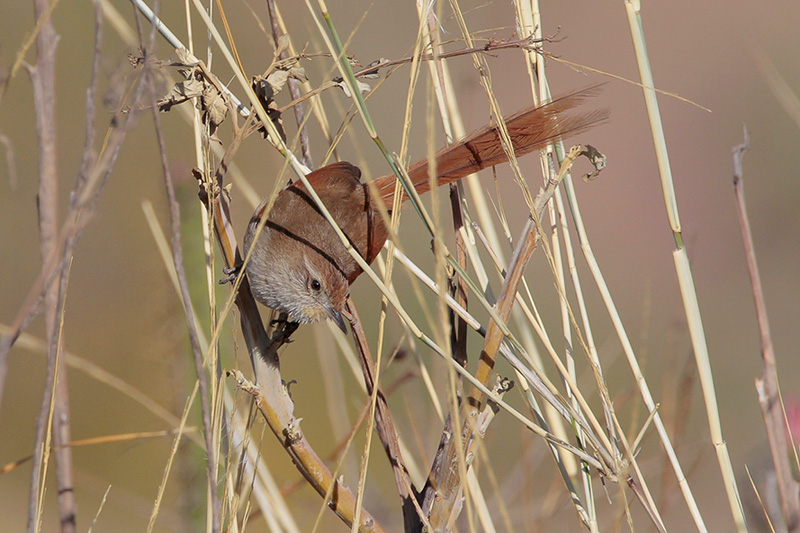
Sitting on the airplane waiting for it to depart from the airport at Cusco I reflected on all we had seen over the previous several days. While we only had a few days to explore the Cusco and Machu Picchu area, we saw a dizzying number of different birds and other wildlife. As much as we saw, it was obvious that we had only scratched the surface leaving, me hungry for future visits to the area.
| Michael Todd | 17-Dec-2012 19:17 | |
| Missed Opportunities | 16-Nov-2012 13:15 | |